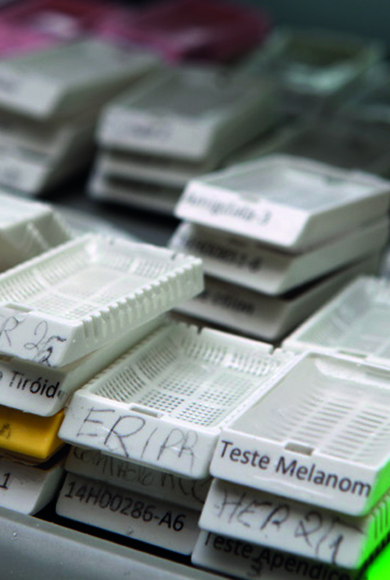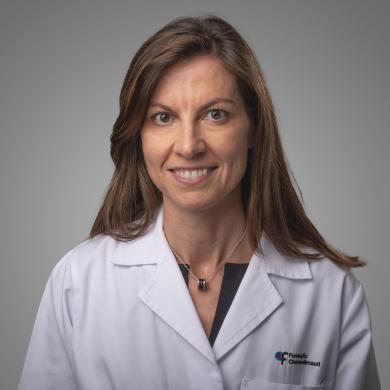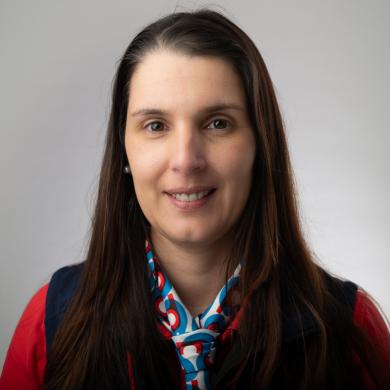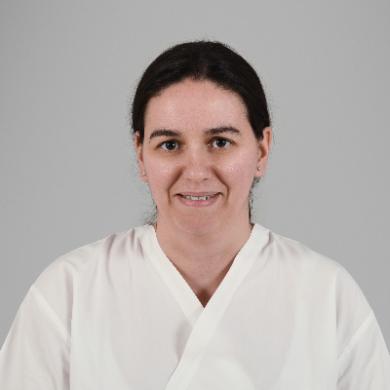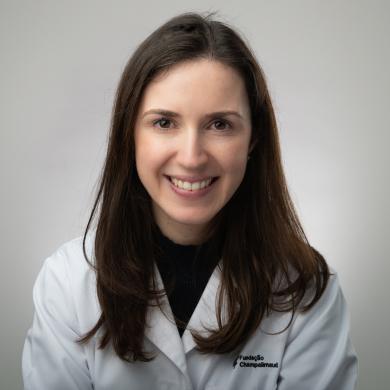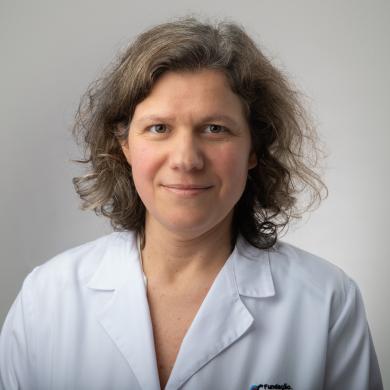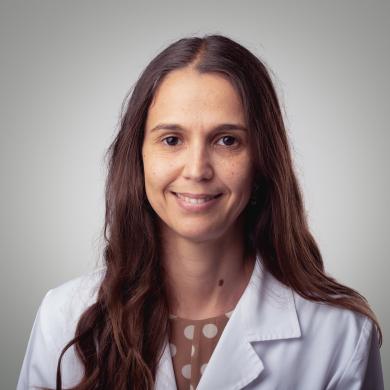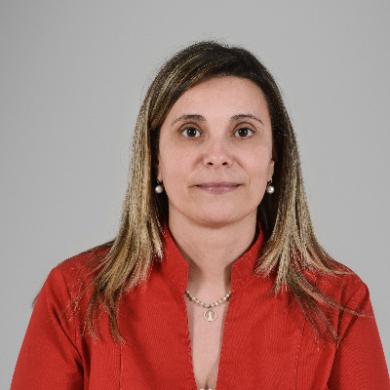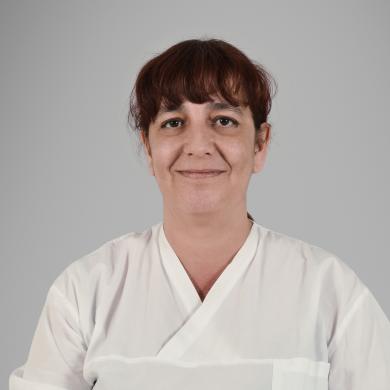- Clinical Areas
Oncological Dermatology
Advanced therapeutics and interdisciplinary approach
The Dermatology Unit, in operation since 2015, follows a regular plan of skin cancer monitoring in close coordination with the Risk Assessment Programme.
Most treatments of skin cancers are surgical. At the Dermatology Unit, we perform Mohs micrographic surgery, the most efficient technique for the treatment of non-melanoma skin cancer. Mohs micrographic surgery enables the assessment of the tumour’s margins in real time, allowing the removal of only those areas where the tumour is present with microscopic accuracy. This technique combines the highest cure rate, a substantial preservation of healthy skin, and better cosmetic results.
For malignant melanoma, non-surgical treatment has notably evolved in the last decade, with a substantial improvement in the disease’s prognostic. The Dermatology Unit at the Champalimaud Foundation, in conjunction with other specialties, has at its disposal the necessary techniques for the adequate diagnosis and staging of malignant melanoma. It also has the necessary means, including the most innovative medical therapeutics, to treat this disease from its initial forms to its most advanced phases.
In all phases of skin cancer, therapeutic decisions are based on international guidelines such as those promoted by the National Comprehensive Cancer Network, the European Society for Medical Oncology and the European Academy of Dermato-Oncology.
The advanced forms of skin cancer require discussions and approaches within interdisciplinary teams. At the Champalimaud Foundation, we benefit from the joint work of the Dermatology Unit and other specialties at the level of interdisciplinary teams, aiming at the most adequate therapeutic approach for each specific case.
Dermatology Unit
Pathology
Less frequent cancers
Cutaneous lymphomas, Merkel Cell Carcinoma, Dermatofibrosarcoma, among others, are less frequent forms of skin cancer, in which diagnostic and therapeutic clinical experience determine the evolution of the disease.
The Dermatology Unit includes clinicians especialised in these less frequent cutaneous tumours. Namely in the area of cutaneous lymphomas, which benefits from the high expertise of the clinical body and the articulation with Hematology specialists, as well as with others who are essential to diagnosis and treatment.
Early diagnosis and selection of the most adequate treatment are the keys to success in treating skin cancer. The Champalimaud Foundation’s Dermatology Unit offers advanced diagnostic techniques and some of the most innovative treatment methods for skin cancer, such as Mohs surgery.
Dermatology Unit
Multi and Interdiscipilarity
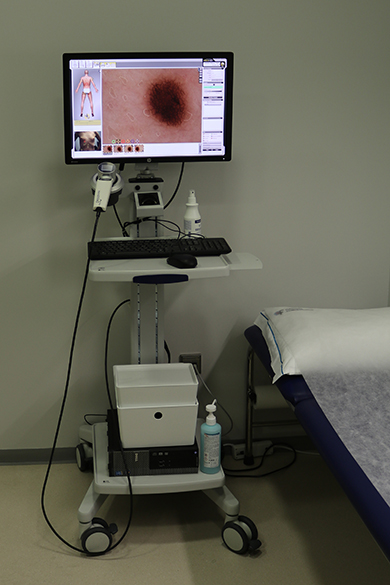
Dermatology’s support to other specialties
The Dermatology Unit works with the other specialties of the Champalimaud Foundation’s Clinical Centre to approach oncological disease in an integrated manner.
Oncological disease in another organ can have cutaneous manifestations and can also interfere with pre-existing or latent dermatological pathologies. Moreover, certain oncological treatments can cause the appearance of cutaneous lesions or worsen concomitant dermatological conditions. Because of this, the interdisciplinary approach is fundamental for the success of the treatment of oncological disease.
Dermatology Unit
Clinical Research
Science hand in hand with dermatology
We consider that focusing on the patient and the continuous improvement of care must inspire scientific curiosity and drive research into new and better diagnostic and medical treatment strategies.
The clinical body of the Dermatology Unit combines its activities with clinical and laboratory research. By leading or collaborating in research projects, the members of the clinical body devote their activity to the patients and to Science on behlalf of the patients. Continuous medical training and scientific learning support continuous updating and innovation in medical care. That is why organising training and scientific events is one of the Unit’s priorities.
